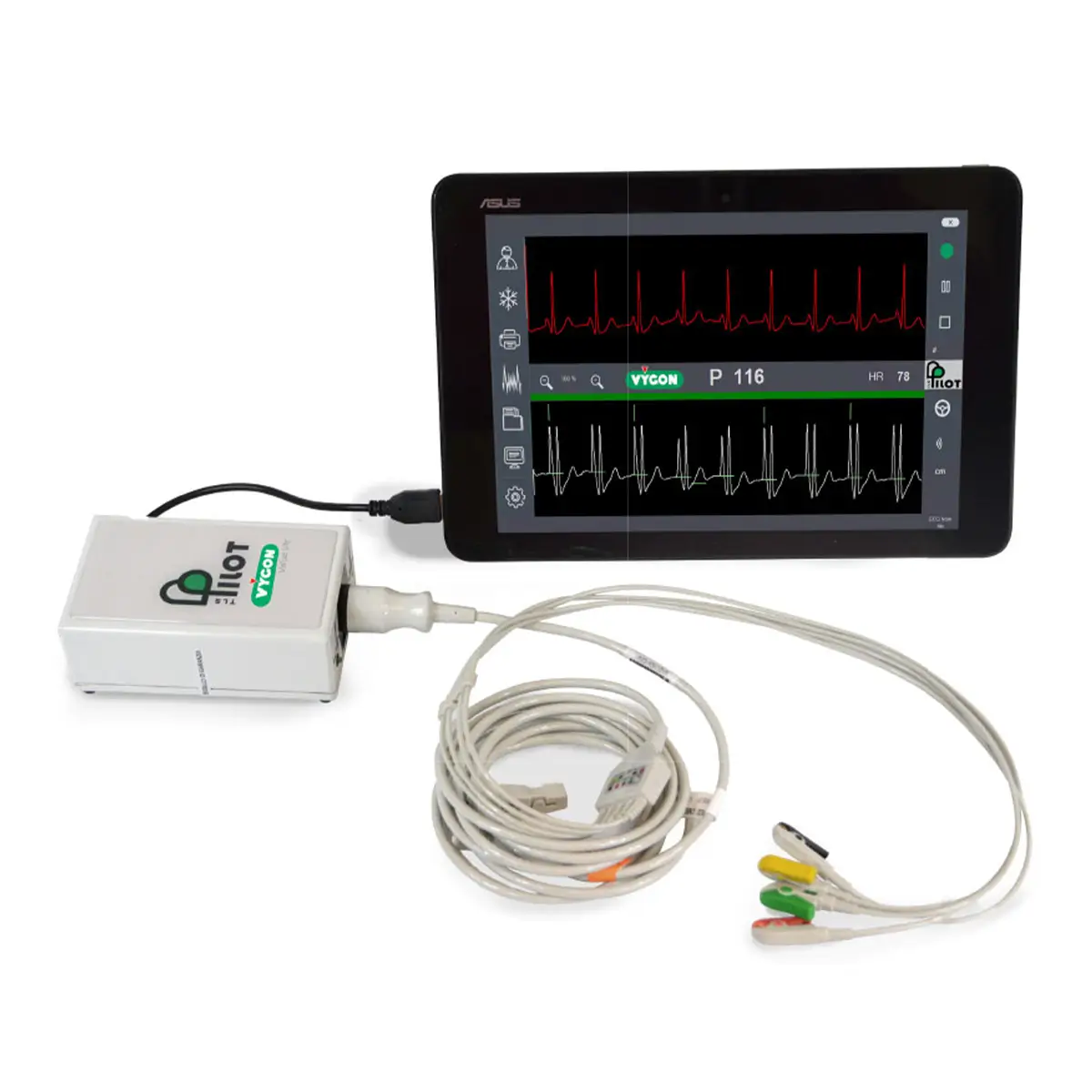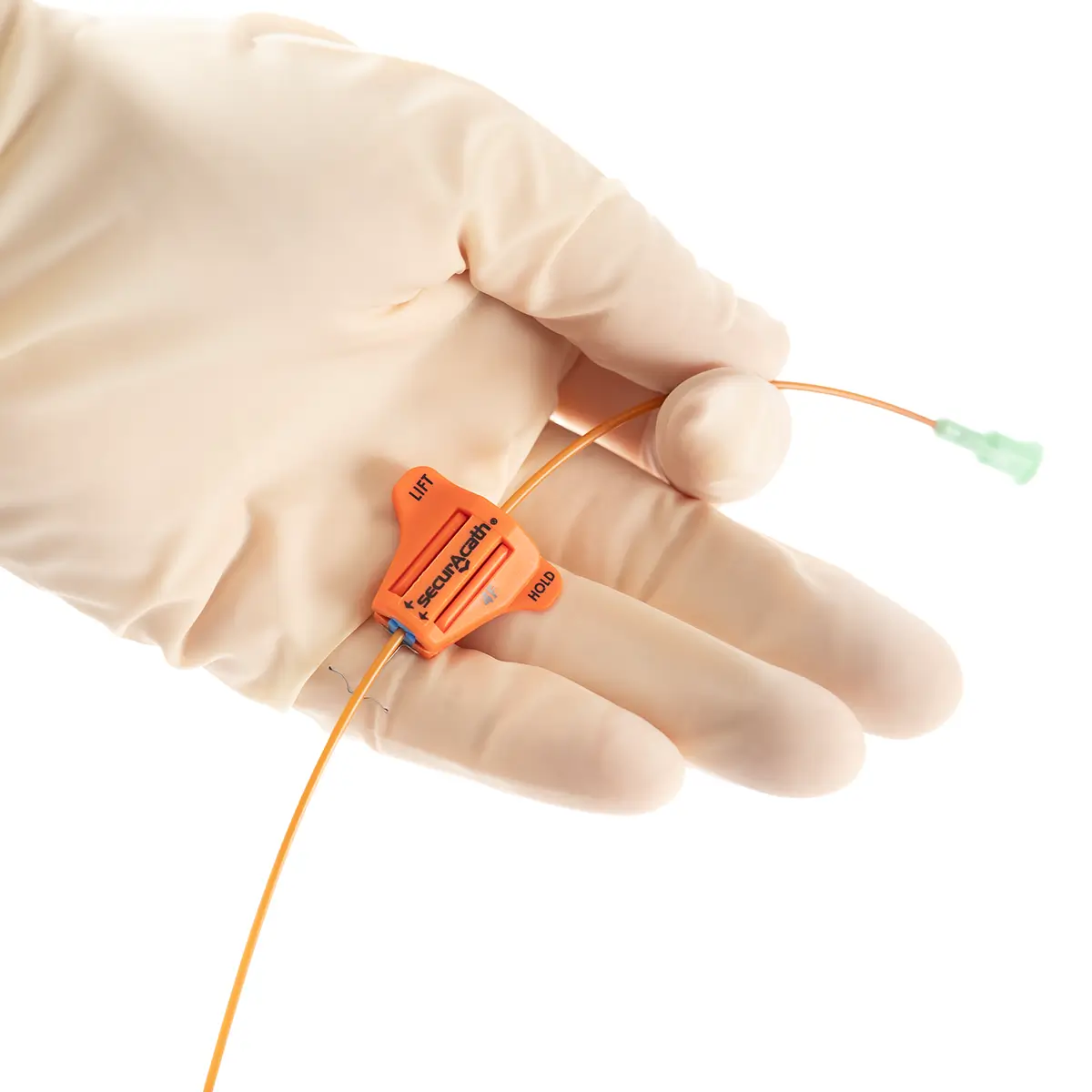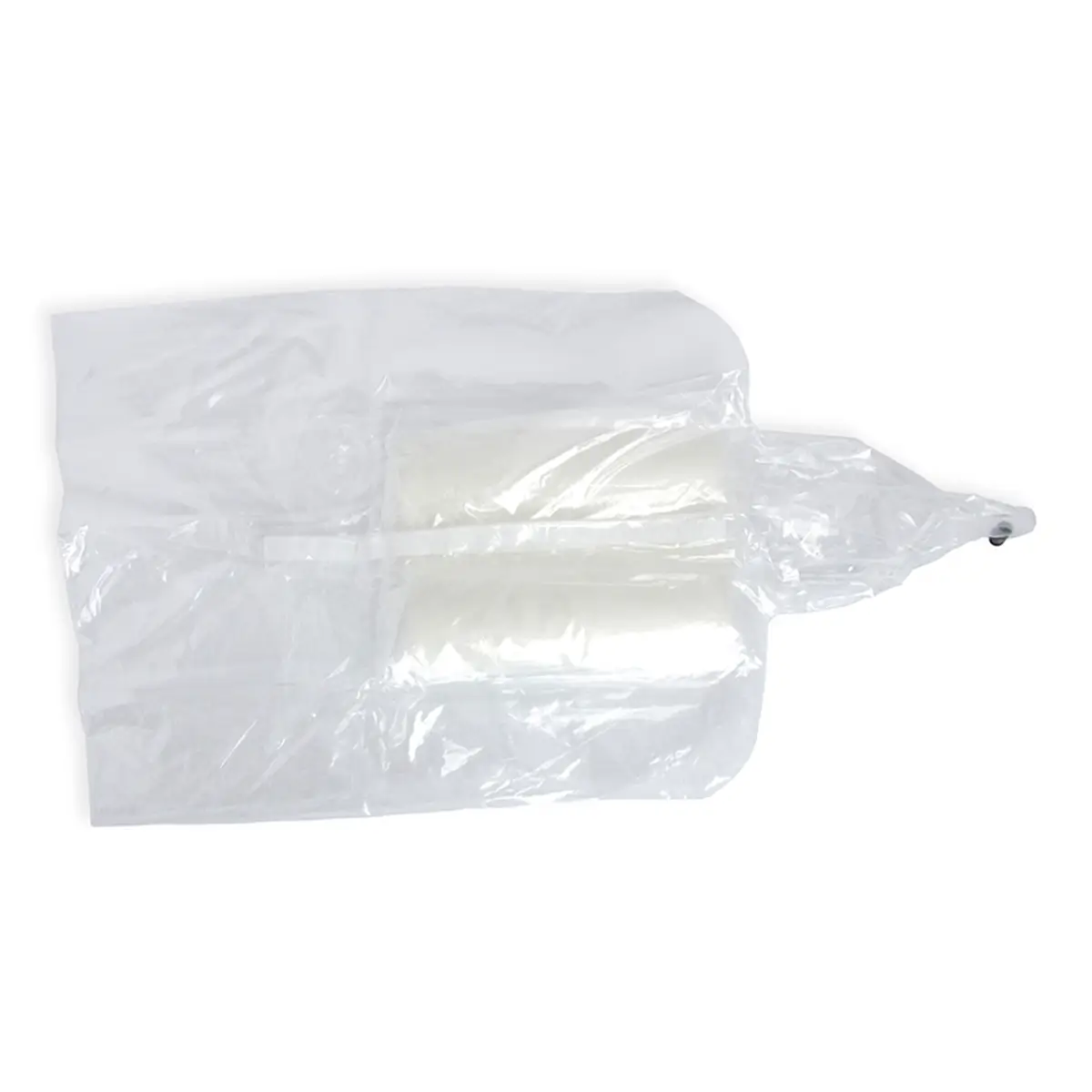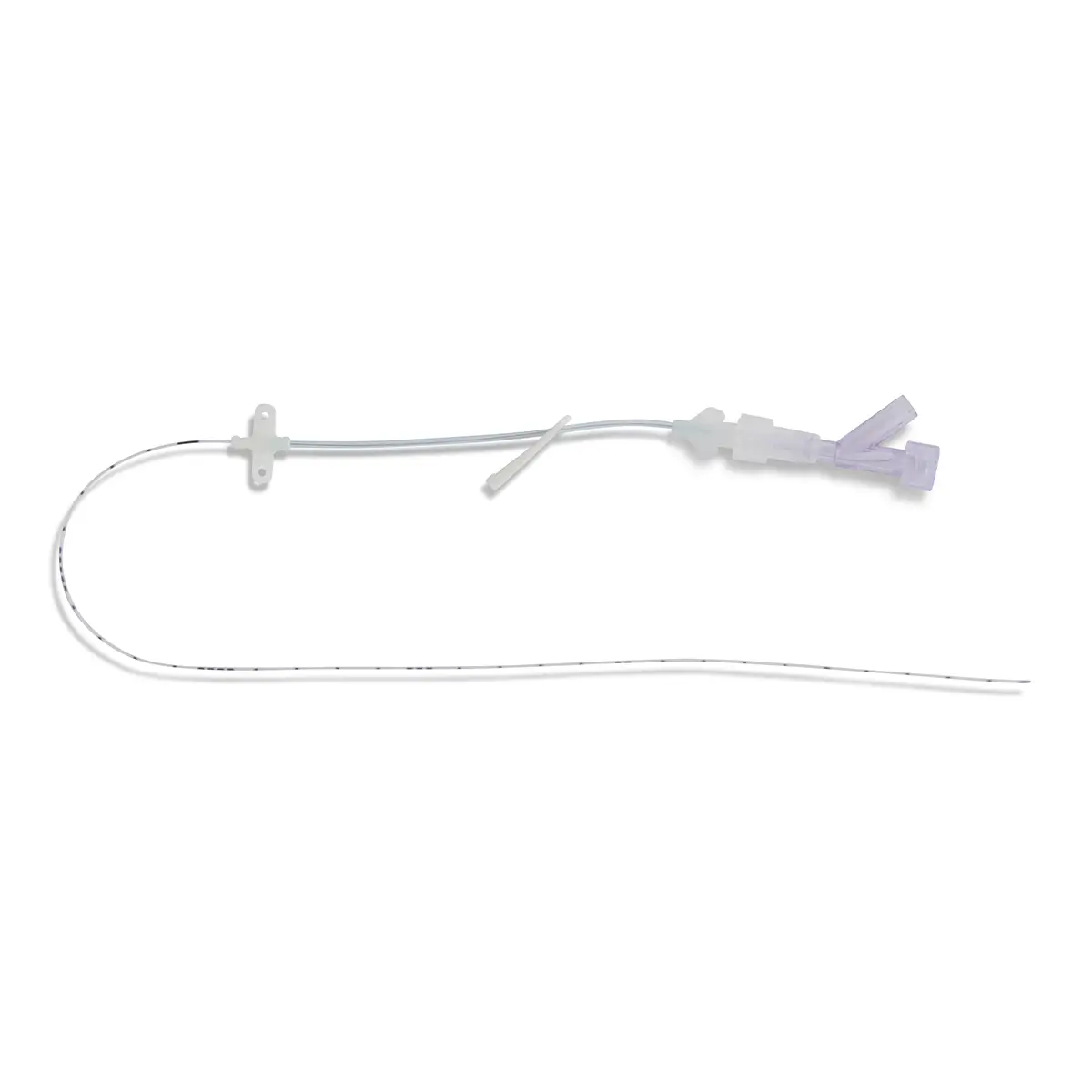Catheter in radiopaque and transparent polyurethane, length 30 cm (code 1270.02) and 40 cm for all other codes.
Numerical graduations every centimetre from 4 to 25 cm from the distal tip.
This catheter can be used for venous access (parenteral nutrition, drugs administrations…) or for arterial access (blood gas analysis, arterial pressure measurement).
This catheter is supplied with a 2-way stopcock which has a blue and a red identification plugs (blue for venous use, red for arterial use).
Sizes available:
2.5 Fr = Length 30 cm
3.5 Fr, 4 Fr, 5 Fr and 8 Fr = Length 40 cm
Polyurethane has good haemocompatibility (reduced risk of thrombosis).
No plasticizer release






































